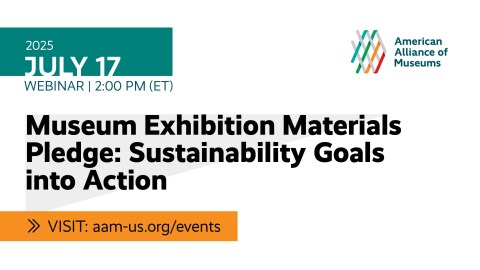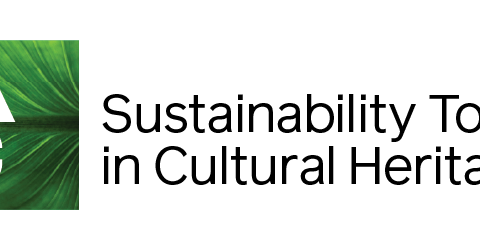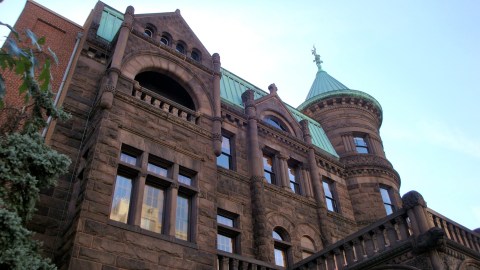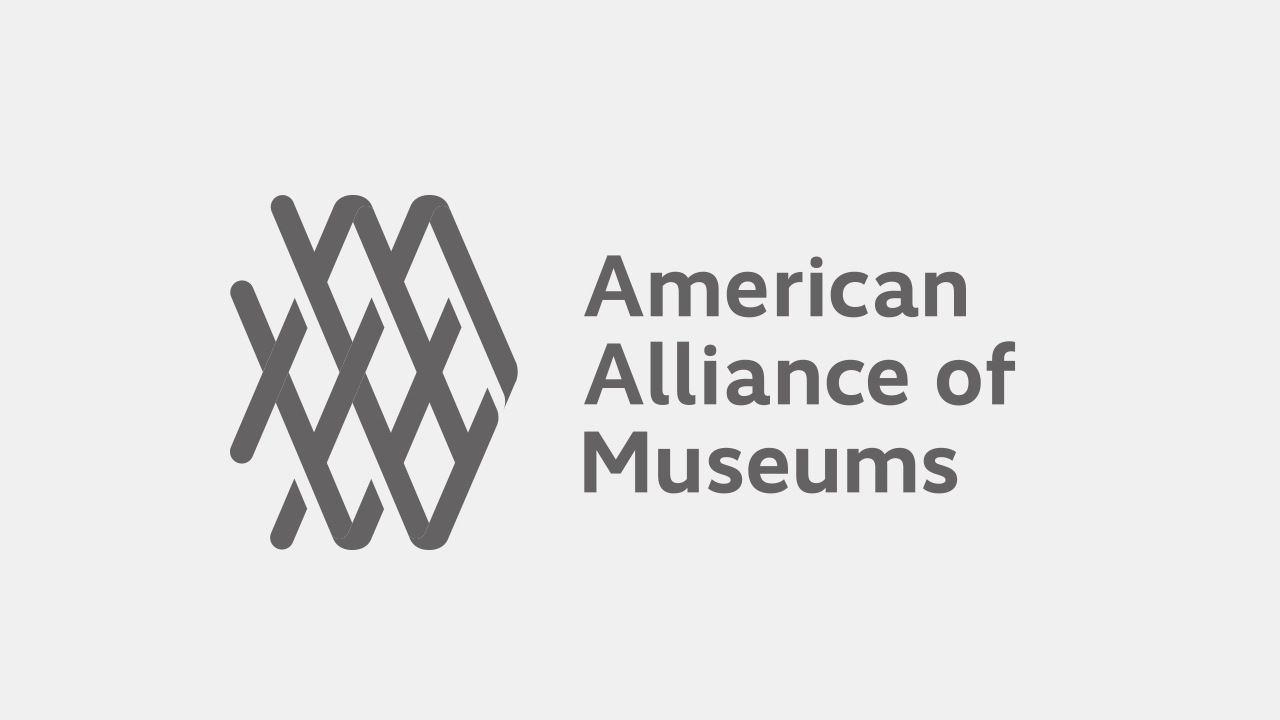This article originally appeared in Museum magazine’s January/February 2025 issue, a benefit of AAM membership.
Numbers can tell stories just as effectively as (and sometimes more honestly than) words. A museum’s mission statement articulates aspirations—its financial statement shows those priorities in action, or illuminates disconnects. The Internal Revenue Service serves as a de facto StoryCorp for these numerical narratives. The vast majority of museums in the US are 501(c)3, tax-exempt, private, nonprofit organizations that submit an annual Form 990 (or, if they are very small, a 900-EZ) to the IRS. What stories might these forms be telling in the year 2035?
Remember that foresight doesn’t make predictions; it envisions the many ways that things might be different in the future. In that spirit, here is an annotated Form 990 from 2035, highlighting places where income and expenditures may change significantly in the coming decade.
Call outs on the form
The museum sector has experienced several waves of institutional renaming, as some organizations rebrand to avoid what they perceive as negative connotations of the word “museum.” This practice might gain steam, or some organizations may reclaim “museum” as a noun signaling trustworthiness and community service.
Some museums may relocate due to climate disruptions, either moving to safer ground in their community or to areas of lower climate risk. (See page 38 for “managed retreat” definition.)
As part of their DEI strategy, some museums may increase the size of their boards in order to retain the old advantages of including historically engaged, wealthy supporters, while adding a new cadre of more diverse individuals, recruited without regard to their ability to support the museum financially.
Fewer people overall may be willing and available to volunteer.
Some museums may expand their volunteer programs to enable more people to enjoy the benefits of volunteering.
Museums may experience:
- An increase in individual giving if the non-itemizer charitable deduction is continued (see “Charitable Deduction Decisions to Come” sidebar at right).
- A decrease in individual giving if the current trend of fewer individual donors continues, and large donations from fewer individuals do not fill the gap.
As part of their efforts to diversify their boards of trustees, and the equity issues raised by asking BIPOC individuals to donate their labor, some museums may decide to compensate members of their board.
Some factors influencing whether the inflation-adjusted compensation of directors increases or decreases:
- Currently, nonprofit directors are experiencing high rates of burnout and
turnover. A decreasing number of staff want to take leadership positions due to stress and high expectations regarding fundraising. If these trends continue, even smaller museums may have to raise director salaries to attract and retain the candidates they want. - Some director salaries may decrease as individual museums decide to cap the ratio between highest and lowest paid employees as part of their DEI efforts.
Charitable Deduction Decisions to Come
Congress is expected to debate a major tax package in 2025 as the 2017 Trump tax cuts are set to expire. Museums could see increased revenue and public support if a non-itemizer charitable deduction, such as the one in the Charitable Act (S. 566, H.R. 3435), is included in the package. AAM has been a long-time advocate of the non-itemizer charitable deduction and is a member of the Charitable Giving Coalition, a broad coalition of charitable nonprofits working to boost charitable giving. AAM also will be working to oppose harmful polices some think tanks are currently proposing, such as the Tax Foundation’s disastrous proposal to require nonprofits, including museums, to pay the regular corporate income tax rate on any earned income. Additionally, Congress previously has shown interest in establishing rules for private foundation museums to ensure they are adequately accessible by the general public, which might require answers to related questions on the Form 990.
Readers can use AAM’s template (at bit.ly/4fFWfds) to encourage members of Congress to support efforts to extend and expand incentives for charitable giving.








